How Knee Compression Can Increase Stability & Prevent Injury
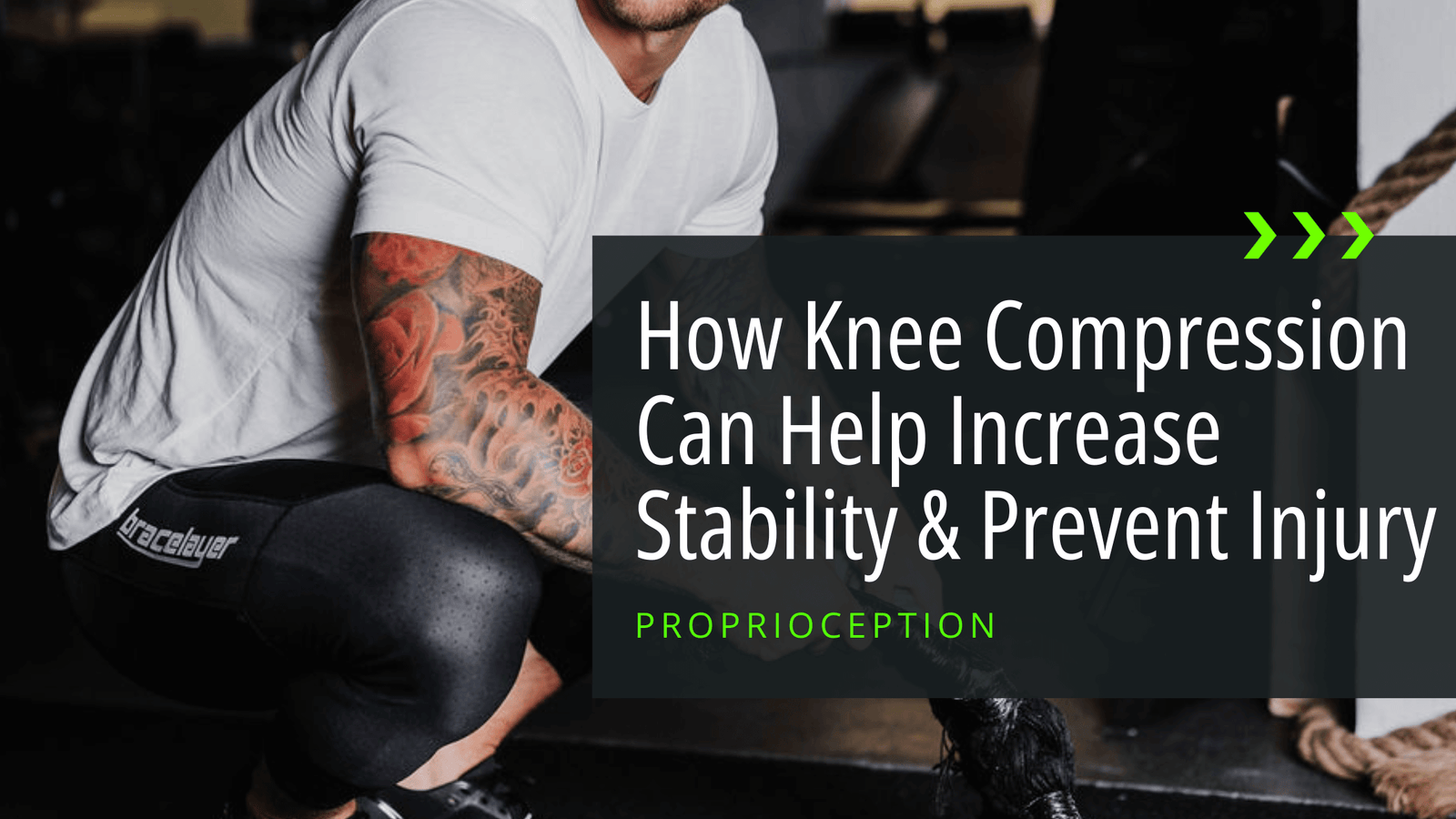
It's indisputable that regular exercise is beneficial to anyone’s general health and well-being. You don't need to be an Olympic athlete to understand that regular training lowers your risk of obesity, heart disease, and diabetes. Exercising is also shown to improve mental health.
Our bodies are built for motion. Our bones, muscles, and joints are all designed to work together in harmony. Movement helps make your body stronger. Just like running a car regularly ensures everything remains lubricated and in good order, exercise helps keep your joints mobile and muscles and bones strong.
However, as we age, our body becomes more susceptible to injuries. Like older cars, our muscles, bones, and joints need more regular attention and support to help them stay healthy. Preventing injury and caring for your joints isn't just reserved for elite athletes. It is something that everyone should care about.
Why Knees Get Injured
As the largest joint in the body, knees are one of the most easily injured body parts. A knee joint is made up of bones, cartilage, ligaments, and tendons. All of those parts can be injured. A severe injury may even need surgery. Recovery can take weeks, if not months, and keep you from following your exercise routine.
Recognizing why our knees are so susceptible to injury starts with understanding the body’s biomechanics. Knees are built to bend only one way. When your knees move in a different direction, you risk injury. Most knee injuries affect more than one part of the joint, but often the anterior cruciate ligament (ACL).
Even in a best-case scenario, injuries are inconvenient. They stop you from enjoying your exercise and from progressing your training at the rate you would like. Strengthening the muscles around the knee joint and correcting potentially damaging movements is one way of prevention, but this isn't a quick process. Adding knee sleeves and compression pants to your workout gear is a simple and effective way to help you exercise safely.
How Knee Compression Helps
Swelling and pain are among the most common signs of a knee injury.

However, even without swelling and pain stopping you from exercising, you may feel that your knees are less stable than you'd like. The feeling that your knee is giving way can cause you to move the joint differently from its intended range of motion and actually further predispose you to serious injury.
Compression sleeves are scientifically proven to be one of the most effective and convenient ways to prevent this. Knee sleeves and compression pants support proprioception and, consequently, improve balance and stability
What Is Proprioception?
Proprioception is the sense that lets us perceive the movement, location, and action of parts of the body without looking directly at them. The term includes numerous sensations, including the position of joints and their range of movement. The concept was first described in 1906 by Sir Charles Bell, who referred to it as the body’s "sixth sense." It has since also been called kinesthesia. It is because of proprioception that we know how to walk without double-checking the exact location in which we put our foot. This sense lets you reach for your coffee mug without looking at your hand, and allows you to touch your nose with your eyes closed.
Proprioception works because of sensory receptors in your body and your nervous system. Joints, muscles, and tendons have most of those receptors. As soon as you move, your brain receives details about your action and your position. Aided by your eyes, vestibular system, and nervous system, your brain then pieces these signals together and creates your perception of how you are moving.
Without proprioception, you would find it hard to walk in a straight line, or you might struggle to understand your own strength and use too much force when doing something that requires fine motor skills.
What Knee Sleeves And Compression Pants Do For The Body and Proprioception
Compression pants or leggings increase blood flow and circulation to the hips and extremities. Athletes use them to speed up recovery and rehabilitation times. In healthy athletes, well-fitting compression pants improve muscle activation, which can lead to increased performance. Wearing compression tights permanently during exercise has no adverse effects, so there is no reason to wait until you are injured.
Knee sleeves also provide compression. Basic cloth sleeves simply help the joint and the surrounding muscles stay warm but offer only a minimal amount of support. Neoprene knee sleeves, on the other hand, are often much more substantial, depending on their thickness. Not only do they provide more warmth to the joint than cloth knee sleeves, but they also offer improved stability and greater injury protection.
One of the major disadvantages of knee sleeves is that most tend to slide down as you are moving. If you are using them in a Crossfit gym, that may be inconvenient at best. However, as a runner or a cyclist, sliding knee sleeves are ineffective and interrupt your training.
Combining compression knee sleeves and pants solves that problem and integrates the benefits of both pieces of kit. You don’t need to be injured to see the advantages: improved proprioception and movement awareness prevent muscle fatigue.
A Closer Look At The Science
Numerous studies have shown the benefits of wearing knee braces not only for injured athletes undergoing recovery and rehabilitation. Healthy athletes have improved their sense of knee joint position with the help of a neoprene sleeve. Function and performance remained at least the same, proving that wearing a knee sleeve does not have any negative effects on performance.
People with osteoarthritis not only reported pain relief but also immediately showed improved function of their knee joint during walking and similar activities.

Fatigue As A Factor
Good levels of proprioception and movement control are key to healthy motion and exercise. Muscle fatigue has been proven to negatively affect proprioception. As you push yourself harder and your muscles start feeling the pressure, those sensory receptors work less accurately. Your knee joints lose their sense of position.
This means that as you increase the distance you cycle or the amount of weight you lift, your body finds it harder to protect itself. As a consequence, the harder you exercise, the more likely you are to become injured. Most injuries in competitive sports happen towards the end of the game.
Neoprene knee sleeves can help prevent those injuries. A study published in the Scandinavian Journal of Medicine & Science In Sports showed that braced and supported knees handled fatigue better. The researchers ran four rounds of fatigue tests on their subjects. Round one established a baseline. In rounds two and three, participants wore a neoprene sleeve on one knee. Round four was once again completed without sleeves.
The results were stunning: with the sleeve, participants’ proprioceptive skills were improved compared to the first non-fatigued test. Despite the increase in muscle and joint fatigue, they were better able to control their movement than they had been at the beginning of the experiment. The braced leg managed to hit the target given, whereas the unbraced leg struggled as fatigue increased.
Noticeably, despite the increasing levels of fatigue on the second and third rounds of this test, the knee wearing the sleeve did better than it had on the initial pre-fatigue test. Note that fatigue is a major contributor to injuries, and it becomes quite clear that compression knee sleeves are effective in preventing injuries and keeping you going.
Compression Tights As a Support for Dynamic Knee Movement
Female athletes participating in jumping sports such as volleyball, basketball, and soccer are at a greater risk of knee ligament injury than their male counterparts. Out of all injuries recorded, tears of the anterior cruciate ligament are among the most common.
More than half of those injuries are not related to contact or collision with another player. Instead, many of them can be traced to motor control issues and may be preventable. A study on female college athletes demonstrated that compression tights stimulated hip muscles, which had positive effects on both hip and knee joints when landing from a jump. In both joints, unwanted interior movements were limited.
Some of the variables tested by the scientists improved by up to 40%, suggesting that compression tights have a role to play not only in rehabilitation but also in injury prevention.
What About the Surrounding Joints?
Although knee joints are among the most susceptible to injury, they don’t work in isolation from the rest of your body. To assess the effects of knee sleeves and compression tights on complex processes like walking and running, it is worth looking at more than one part of your legs.
One study looked at whether knee sleeves would alter the coordination of segments of the lower limbs – thigh, shank, and foot – when walking or when hopping on one leg. Researchers here wanted to see how knee sleeves influence the coordination of the three parts of the leg. They tested both men and women who were not used to wearing a sleeve.
For the one-leg hop, the researchers found that the knee sleeve altered the pre-flight and the landing phase. The ‘flight’ phase itself remained unaffected. Where walking was concerned, the sleeve altered the weight-bearing phase – the time the foot spent on the ground. The researchers noticed that wearing a knee sleeve not only improved proprioception in their test subjects’ knees but also their ankles.
By improving proprioception not only locally in the knee, but also having positive effects on the surrounding joints, wearing a knee sleeve can help prevent injuries.
Conclusion
Bracing yourself against injury and preventing strains to your knee joints is key when it comes to enjoying uninterrupted exercise. As consistent training and practice are key to progressing towards your exercise goals and promoting overall wellness, avoiding lengthy interruptions through injury should be at the top of your priority list.
Our bodies are designed to move and even have a sixth sense to help us understand where exactly we are in space. That sense, proprioception, allows you to run over uneven ground without falling. Proprioception allows your knee and ankle joints to make up for any unevenness you encounter. It also prevents you from moving your joints in a way that makes them more susceptible to injury.
Consider proprioception your injury prevention sense. If it is working at its best, it is highly efficient. However, even if you take your exercise seriously, your proprioception may not always be working at its nest.
Take exercising at the end of a busy working day, for example. Perhaps you have spent the day sitting in front of a computer without moving much. Your body may still be tired. Exercise will help blow the cobwebs away, but tiredness may predispose you to injury because your sense of proprioception is not at its best.
This is when knee sleeves and compression pants can make all the difference. Combining them into one knee-stabilizing compression pant, as Bracelayer's unique design does, means you get the advantages of both in one piece of gear. Compression around your hips and knees improves blood flow and muscle activation. As a consequence, surrounding muscles better support your joints.
The Tri-Tech layers around your knee and hip joints aid your sense of proprioception.

They enhance your joint’s ability to ‘read’ the ground you are running or cycling on and direct your joint to move in the best possible way.
Especially as you are nearing the end of your exercise session, when joints and muscles are starting to feel tired, this support is crucial. Even if your training regime is relatively gentle, your joints deserve a helping hand. Knee stabilizing compression pants are perfect for that. They help improve your balance and stabilize your joints.
Stable movements within the knee joint’s normal range of motion are healthy movements. They go a long way towards preventing downtime from injuries and keep you exercising for a long time to come.


















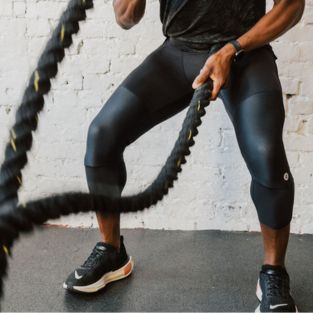
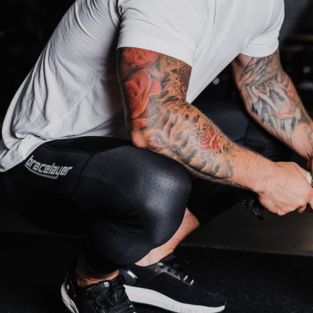
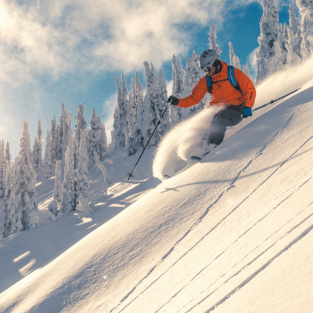
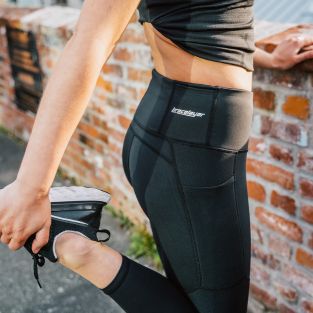
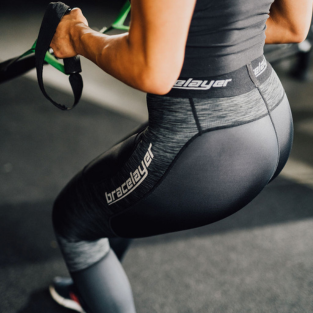
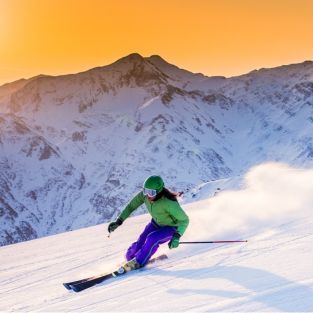
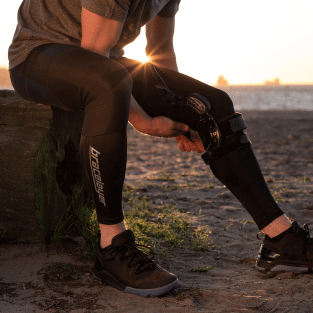
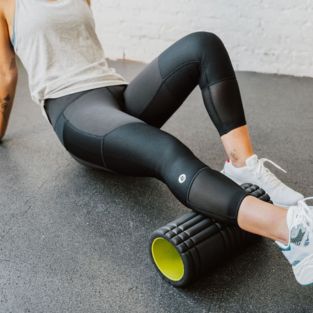
Leave a comment